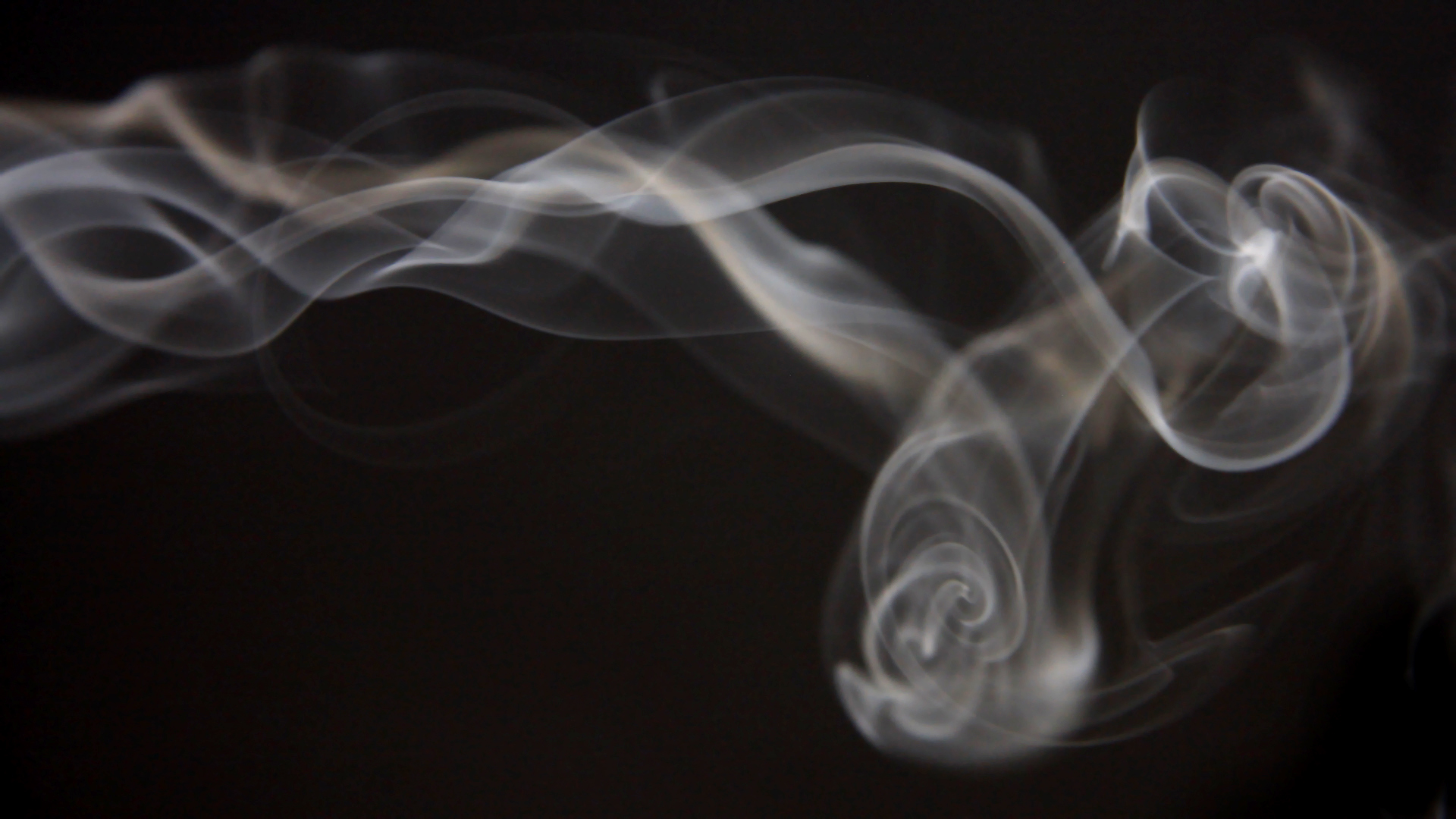Blue Pearl: Sandalwood, Lavender, Patchouli
I’ve read several praising mentions of Blue Pearl, so it was a pleasant surprise that my package from Steve Pereira contained several varieties of this brand.
Until now, I wasn’t aware that Blue Pearl offer dipped incense sticks as well. Indeed, at least Sandalwood is dipped incense – sticks made with a neutral-smelling charcoal paste, which are then dipped in liquid fragrances.
I decided to review the three varieties that appear to be dipped or perhaps hybrid Masala in one article: Sandalwood, Lavender, and Patchouli.
The latter two are out of the Contemporary Incense Collection, Sandalwood belongs to the Classic line. On Blue Pearl’s website, or rather on the product pages of Lotus Brands Inc. linked there, it’s stated that the products in this line are made with ‘aromatherapy grade’ essential oils, whatever that means.
No real information is provided for Sandalwood, only that they are ‘handmade’; however, they actually look machine-made.
Classic – Sandalwood
I’m not sure if the line is called Classic or Original; the package says ‘classic imported incense’; on Blue Pearl’s homepage, you find them in the ‘Original Incense’ category. I’ll stick with what’s on the packaging.

Even after the short transport from England to Germany, some of the paper bags were heavily saturated with the oil from the dipped incense sticks. Sandalwood was one of the varieties where it was so intense that it completely dissolved and blurred the ink of the ballpoint pen.
The smell of the raw stick is alcoholic, somewhat like the alcohol note in aftershave balm. Additionally, I smell a sandalwood perfume, not unlike my nature-identical sandalwood oil. Sweet, warm, and generically sandalwoody.
When the stick is lit, this alcohol note remains present but smells rather cosmetic. Like the general smell of a body lotion but with a sandalwood perfume. I find the scent profile very one-dimensional. It’s not unpleasant, but I don’t get the impression of using something particularly high quality.
This cosmetic character of the sandalwood aroma reminds me of a note in the Balaji – Chandan samples that Steve sent me as well. These differ quite significantly from mine, on which I based my review. Even the poorer batch of Balaji – Chandan I like better than this Sandalwood.
Contemporary Incense Collection – Lavender
Lavender didn’t leave any oil stains on the paper bag.
The raw scent is very sweet, not exactly typical of lavender, and also has a weak alcohol note.
Once the incense stick burns, it is clearly recognizable as lavender to me. Initially, it smells less sweet than the raw scent suggests, but after a short time, a very sweet, powdery note builds up, giving the scent a somewhat cosmetic-perfumey character. This sweetness is not a natural component of lavender scent. Thus, Lavender appears strongly sweetened. I suspect something like coumarin, a fragrance primarily known from the cosmetics industry. The incense sticks quickly become very potent. One-third of a stick is enough to strongly scent my living room with open windows and doors.
I find the scent okay, but I don’t particularly like lavender in general. For people who like lavender incense, the key point will be its intense sweetness.
Contemporary Incense Collection – Patchouli
Patchouli shows only very slight oil stains on the bag.
The incense stick has a light powder coating and seems to me the most like a Masala hybrid (Masala that is dipped in oil after drying).
Again, I notice a slight alcoholic smell. The aroma itself is once more pretty sweet but also slightly earthy. The smell of the burning stick is sweet too, but in this case, it smells more vanilla-like and spicy than the others. The second time I burned it, it suddenly reminded me of Shoyeido – Moss Garden, although that’s admittedly a stretch considering two such thoroughly different types of incense sticks. One could say: If a company like HMS tried to interpret Moss Garden, this is the scent I would expect.
I perceive a lot of sweetness, sometimes more like vanilla, sometimes more like cinnamon, but always very creamy-soft. The patchouli is just a dark, earthy tone that takes up quite a bit of space, but despite being the namesake, it doesn’t stand in the front row.
For me, Patchouli is clearly the best of these three, though not exactly what I would expect from a patchouli single-note incense stick.
The fourth sample, which I haven’t covered here, is Classic – Champa (a Masala) that Steve seems very fond of. I’m looking forward to trying it. Here is also Steve’s recently published review of Sandalwood, where you can find a picture of the incense sticks.
By the way, Steve has left a comment below the German version of this review, stating that he’s convinced these Patchouli sticks are repacked HMS – Classic Patchouli.

